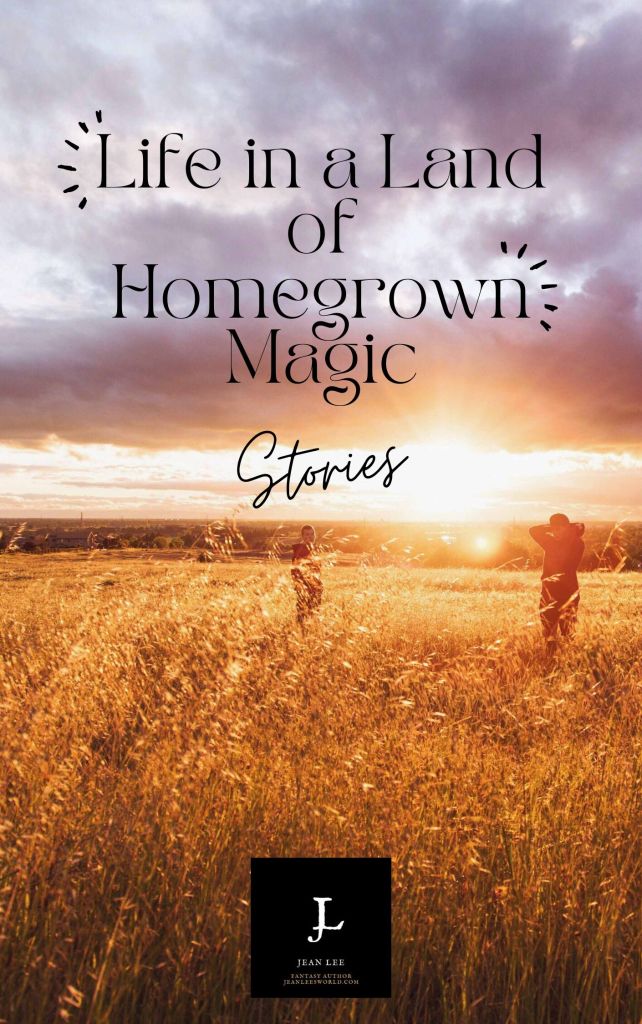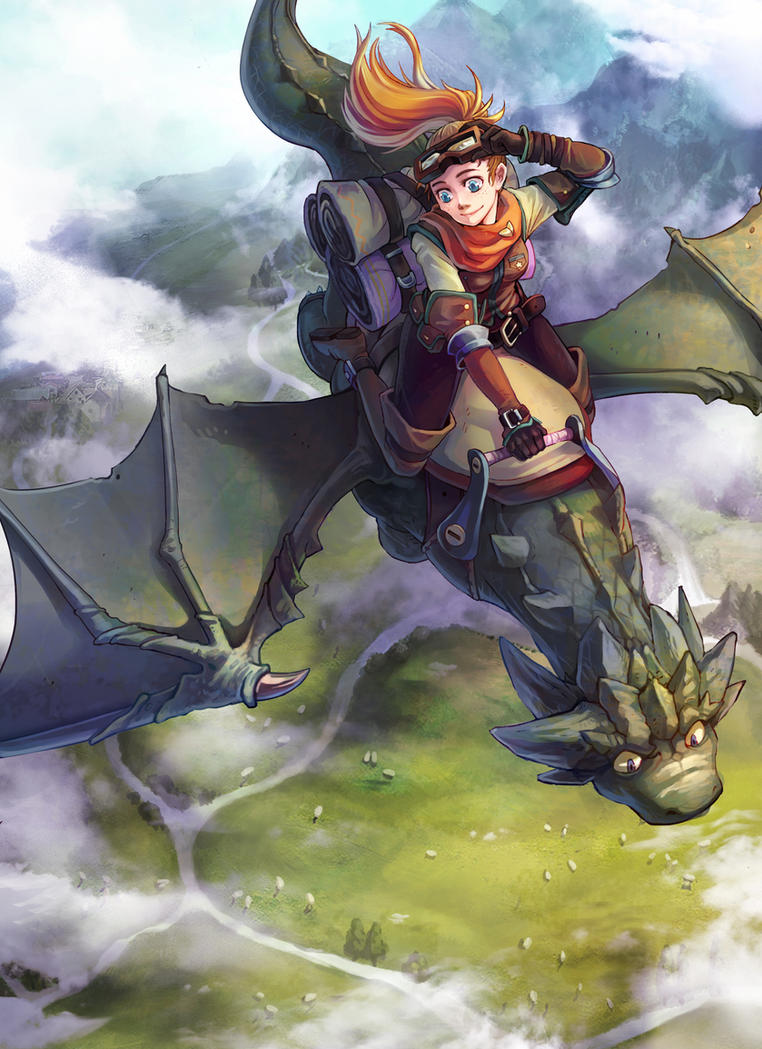Good afternoon, my fellow creatives! May your words be flowing free to the page this National Novel Writing Month.

I was doing so gosh darn good at getting the story out every day. Sometimes the installments here were dialogue-heavy, other times detail-heavy, but the stories did come.
And then I got stuck.
This may be partly due to choosing a story inspired by my daughter Blondie. An amazing writer in her own right, she has not stopped asking, “When are you going to write about me?” Ever since I used her little brother Bash for “The Boy Who Conquered Goose Island.” When the kid actually knows she’s a muse, she gets, um, a bit assertive about it (“Will there be dragons? Can I ride dragons? When do dragons show up? YOU HAVE TO HAVE DRAGONS!”). At this point, I had alluded to the presence of dragons in the world where Pips Row resides, but if their eggs are illegal to carry, then how on earth could I have dragons buzzing about the town? When I did hit upon something she’s genuinely worried about that would make for a compelling story…well, now she doesn’t ask what I’m writing about.
And that stung a bit.
And I got more than stuck–I was downright stucker.

The first installment I shared about Choosing Day still feels like the best path to take, as we all relate to what Soffire will be dealing with: the expectations of society vs. our own dreams. Blondie’s feeling that now as she creeps closer to the time of high school and those expectations society puts on teens: get a job! get straight As! be on social media! start dating! do what other people like so you fit in! be amazing at everything you do, especially in front of other people!
I initially liked starting the story “Graduation Glums and Glamours” at the Choosing Day ceremony. That’s in the moment, right? That moment of pressure, of a townwide amount of things to look at and see. Lots of action, right? Plus it’s relatable–many of us have experienced some form of a graduation ceremony in our lives. Plus it reminded me a little of Lois Lowry’s The Giver, or some of those other Young Adult dystopian books that love the whole “I choose” kind of ceremony. But to me, The Giver route was more important, as we need to consider that not all characters can simply buck what society says.
And frankly, isn’t that what we expect as a bored reader at this point? The defiant teen feels as cliche as the “cop who doesn’t play by the rules.” Let’s not do that.
But as a writer, that put me into the very real conundrum of how to move the story forward. Do I walk through the entire Choosing Day ceremony? That could be fun worldbuidling, but that’s not where the story is. I tried writing a second installment of Soffire’s classmates helping her calm down by sharing their own worries, but the story isn’t about them, either. Both chapters had to be scrapped–they just grind the plot to a halt.

And that got me thinking–why start with the Choosing event? Was it because I wanted that scene from The Giver a little too much?
So I pulled back and thought: where does the story REALLY start?
Soffire dreads Choosing Day. Why? Because her dream is to go to a university in another town and study dragons. But Pips Row graduates are designated to jobs in Pips Row. No one leaves Pips Row for university.
Well no one’s going to know that if I start with the Choosing Day ceremony. Sure, I could flashback later, but why? Plus, this is a short story. Bouncing around timelines is tricky. I already did that a little in “The Boy Who Conquered Goose Island” because the character-narrator is telling the story. We have no such speaker here.
Where does the story REALLY start?
Short stories need to do the same job as a novel but with far less time and far fewer words. I needed to get Soffire’s inner conflict established immediately, or any of the other conflicts–with her mom, her town, etc.–just wouldn’t make sense. She’d just be another Defiant Teen to readers, and that’s the last thing I want for this character, this fictional piece of my Blondie. Readers need to see what Soffire wanted so very badly and why this Calling Day was, in Soffire’s eyes, the end of her dreams.
So let’s try starting this again.

~*~*~ Another Try at Story 4: Graduation Glums and Glamours ~*~*~
Calling Day. Her Calling Day.
“Soffire?” A quick two raps on the door—her mom was getting impatient.
Soffire straightened out the shoulders of her long white robe. It looked ready to hide her…or drown her. Both, maybe.
“Soffire, did you hear me?”
“I know, I’m getting my shoes on.” But those were already on. Soffire had to look one more time, just once more, at the University’s catalog. She pictured herself walking through its campus on Ford’s Bluff along the sea. Imagined meeting other teens who wanted to keep learning amazing things they could never understand in their own stupid little towns. Stuff about inter-being relations, the science of Workings, the geography of the Land Between Existences. About dragons.
Especially Dragons. All the best pilots, warriors, explorers—they all began with Dragon Studies.

One rap. “Young lady, I will vanish the door if you don’t open up.”
Soffire slammed the catalog shut and threw it under her pillow in time. “Sorry.” She opened the door with a small smile. “Sorry,” she said again.
Her mother sighed as she straightened Soffire’s plain woolen headband to keep her while curls out of her face. Her own mother’s wild hair had long since tired into a drab bun on the back of her head. “We have got to get a move on or you’ll be late for the processional line.”
“I know.”
Even Soffire’s mom caught the sadness in her voice. She cupped her daughter’s face and stroked her cheek. “Calling Day is scary for everyone, and I mean everyone. No one knows what comes after school until this day, but everyone finds their place in Pips Row this way. And your place is going to be special,” she said with a kiss on Soffire’s forehead, “I just know it.”
Soffire just didn’t have the heart to tell her mom the last thing she wanted was to grow old in this town like everyone else. Now more than ever, Pips Row felt like a prison she’d never get out of. Calling Day was just the final sentencing.
~*~*~ End Scene ~*~*~
This is still a work in progress–it is NaNoWriMo, after all–but I feel this opening scene of just a mom and daughter allows the inner conflict of my protagonist to actually be seen. No mysterious allusions to her shattered dreams like I had in the first go at this story. Here readers see the representation of what Soffire wanted for her future as well as what she has to do: bury it and walk away.
No one ever wants to bury their dreams.
This is something all readers can relate to, and I think such a start adds more weight to the Choosing Soffire will be given later in the story. Yes, this erases the “mystery” of why she was sad at the ceremony, but that mystery is not the point of this tale.
I just need to have a better way to segue away from mom-and-daughter to the ceremony. I don’t like telling readers, HEY, THIS IS WHAT THE PROTAGONIST IS FEELING. So, still some kinks to work out, but much happier and less stuck than I was before.
Of course, now I don’t know how to end this post, so I’m going to reshare something I posted two years ago from Donald Maass’ The Emotional Craft of Fiction. This excerpt fits perfectly with my new conundrum, so I’m going to ponder this and see what I come up with over the weekend.

Writing out what characters feel ought to be a shortcut to getting readers to feel that stuff too, shouldn’t it? You’d think so. After all, it’s through characters that we experience a story. Their experience is ours. Actually, the truth is the opposite. Put on the page what a character feels and there’s a pretty good chance that, paradoxically, what the reader will feel is nothing.
Here’s an example: His guts twisted in fear. When you read that, do your own guts twist in fear? Probably not. Or this: Her eyes shot daggers at him. Do you feel simmering rage? Meh. Not so much.
Such feelings fail to excite us because, of course, we’ve read them too many times. Those daggers have dulled. What gets readers going are feelings that are fresh and unexpected. Yet those feelings also need to be real and true; otherwise, they will come across as contrived–they’ll ring false and fail to ignite the reader’s emotions. ….
Human beings are complex. We have emotions on the surface and emotions underneath. There are emotions that we minimize, hide, and deny. There are emotions that embarrass us, reveal too much, and make us vulnerable. Our emotions can be profoundly trivial or so elevated that they’re silly. What we feel is unescapably influenced by our history, morals, loyalties, and politics.….
We’re clear. We’re vague. We hate. We love. We feel passionately about our shoes yet shrug off disasters on TV. We are finely tuned sensors of right and wrong, and horrible examples for our kids. We are walking contradictions. We are encyclopedias of the heart. ….
With so much rich human material to work with, it’s disappointing to me that so many manuscripts offer a limited menu of emotions. I want to feast on life, but instead I’m standing before a fast-food menu, my choices limited to two patties or one, fries or medium or large. …They work only with primary emotions because that is what everyone feels, which is true, but this is also a limited view.
So how does one create emotional surprise? …
Be obvious and tell readers what to feel, and they won’t feel it. Light an unexpected match, though, and readers will ignite their own feelings, which may well prove to be the ones that are primary and obvious. third-level emotions. That’s the effective way of storytelling.
Have you encountered any conundrums this NaNoWriMo? I’d love to hear!
Read on, share on, and write on, my friends!

